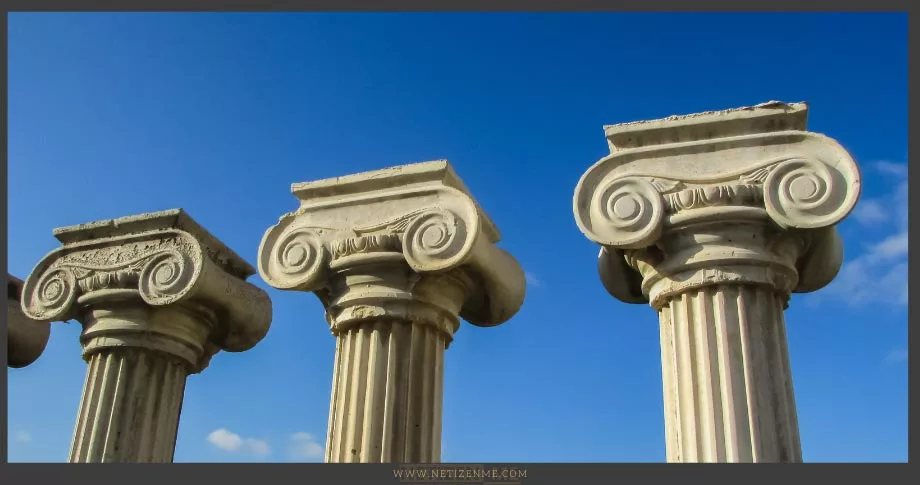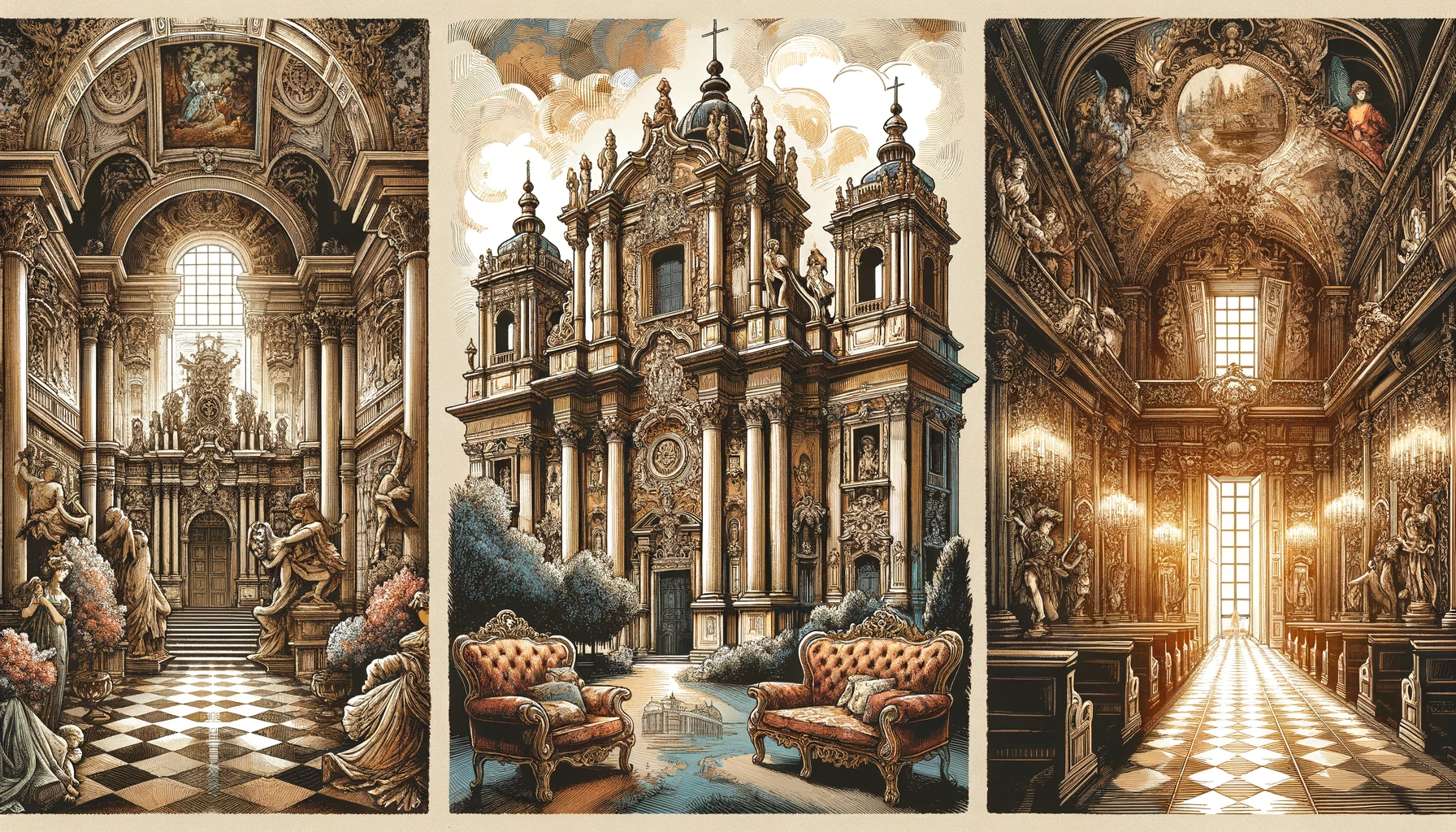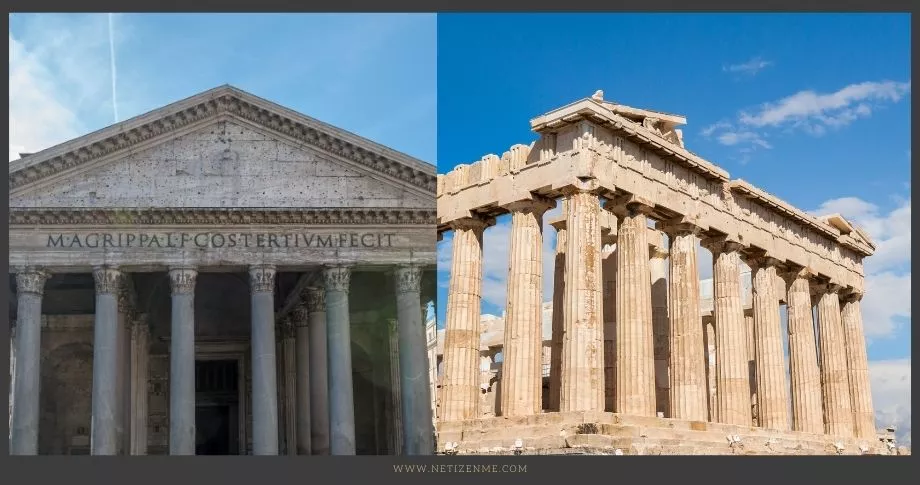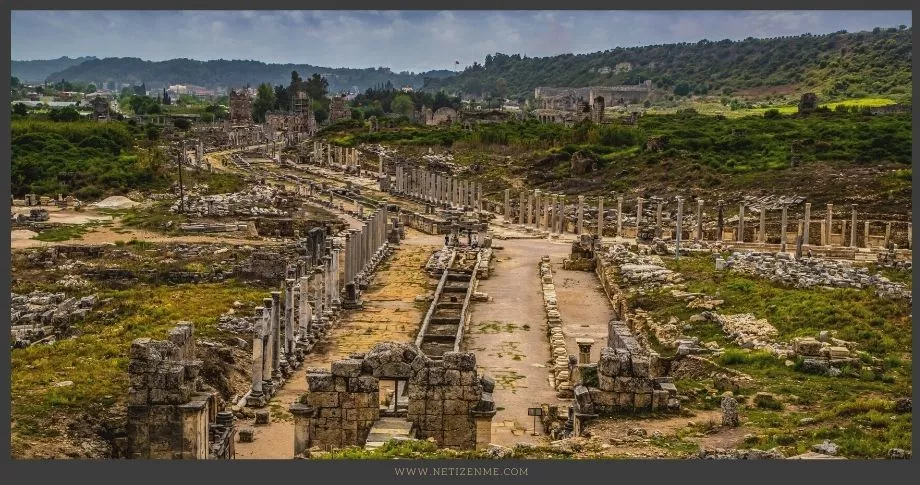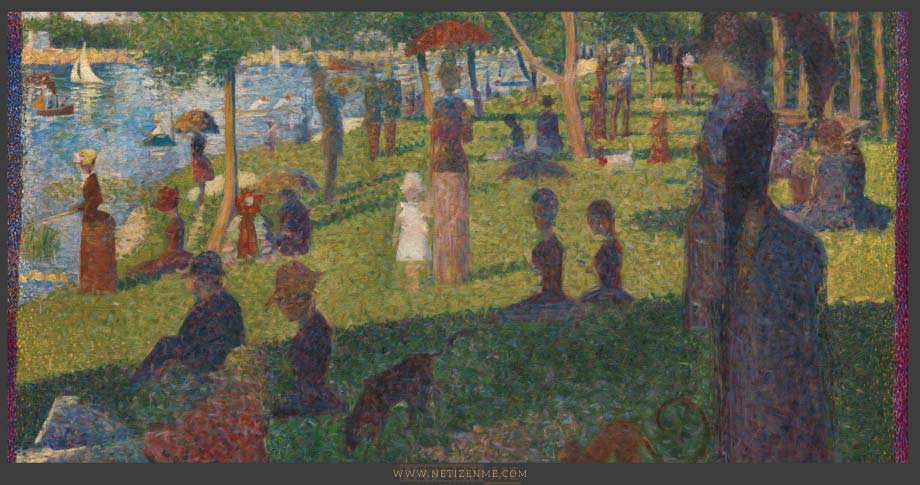Architecture is a dynamic field that has evolved, with different styles emerging and evolving in response to changing cultural, social, and technological influences. The following is a comprehensive report on six of history’s most important architectural styles: Neoclassicism, Realism, Romanticism, Medievalism, Naturalism, and Functionalism.
Neoclassicism:
Neoclassicism is an architectural style that emerged in the 18th century due to the ornate and frivolous styles of the Baroque and Rococo periods. A return to the principles of classical architecture, such as symmetry, proportion, and simplicity, characterizes it. Neoclassicism was particularly popular in Europe and the United States and was used to construct government buildings, banks, and other public structures.
The most notable examples of neoclassical architecture are the U.S. Capitol building in Washington D.C., the Brandenburg Gate in Berlin, and the Panthéon in Paris.
Realism:
Realism is an architectural style that emerged in the 19th century in response to the Industrial Revolution and the growing urbanization of society. It is characterized by focusing on functionality and practicality and using new materials and construction techniques. Realism was particularly popular in the United States and Europe and used in constructing factories, warehouses, and other industrial buildings.
The most notable examples of Realist architecture are the Flatiron Building in New York City, the Royal Albert Hall in London, and the Grand Palais in Paris.
Romanticism:
Romanticism is an architectural style that emerged in the late 18th and early 19th centuries as a reaction to the rationalism and classicism of the Enlightenment. It is characterized by a focus on emotion, fantasy, the picturesque, and the use of various historical and exotic styles. Romanticism was particularly popular in the United States and Europe and used in constructing houses, churches, and other public buildings.
The most notable examples of Romantic architecture are the Palace of Westminster in London, the Schwerin Palace in Germany, and the Altes Museum in Berlin.
Medievalism:
Medievalism is an architectural style that emerged in the 19th century as a reaction to the industrialization and urbanization of society. It is characterized by a focus on the Middle Ages and the use of Gothic and Romanesque styles. Medievalism was particularly popular in the United States and Europe and was used to construct churches, houses, and other public buildings.
The most notable examples of Medieval architecture are the Notre Dame Cathedral in Paris, Westminster Abbey in London, and the Burg Eltz in Germany.
Naturalism:
Naturalism is an architectural style that emerged in the late 19th and early 20th centuries as a reaction to the industrialization and urbanization of society. It is characterized by a focus on nature and the use of organic forms and materials. Naturalism was particularly popular in the United States and Europe and used in constructing houses, parks, and other public buildings.
The most notable examples of Naturalist architecture are the Guggenheim Museum in New York City, the Villa Savoye in France, and the Fallingwater in Pennsylvania.
Functionalism:
Functionalism is an architectural style that emerged in the early 20th century as a reaction to the ornate and frivolous styles of the past. It is characterized by focusing on function and using new materials and construction techniques. Functionalism was particularly popular in Europe and the United States and was used in constructing office buildings, apartment buildings, and other functional structures. Functionalism was particularly popular in Europe and the United States. The most notable examples of Functionalist architecture are the Seagram Building in New York City, the Bauhaus school building in Germany, and the Villa Tugendhat in the Czech Republic.
In conclusion, each architectural style has significantly shaped the built environment and reflects their respective periods’ cultural, social, and technological influences. Neoclassicism was a reaction to the ornate styles of the past; Realism focused on functionality and practicality, Romanticism on emotion and fantasy, Medievalism on the Middle Ages, Naturalism on nature, and Functionalism on function. Each style has left a lasting impact on architecture and inspires architects today.
- The Intersection of Human Rights and Immigration Policies
- Influence of International Institutions on Human Rights Compliance
- The Role of International Human Rights Law in Immigration Policies
- How to Optimize SMS Marketing Efforts for Your Business
- Grassroots Movements and Environmental Change
This article is written by:
Our professional writers and editors are passionate about sharing high-quality information and insights with our audience. We conduct diligent research, maintain fact-checking protocols, and prioritize accuracy and integrity to the best of our capacity.
You can cite our articles under the author name "Netizenme"
